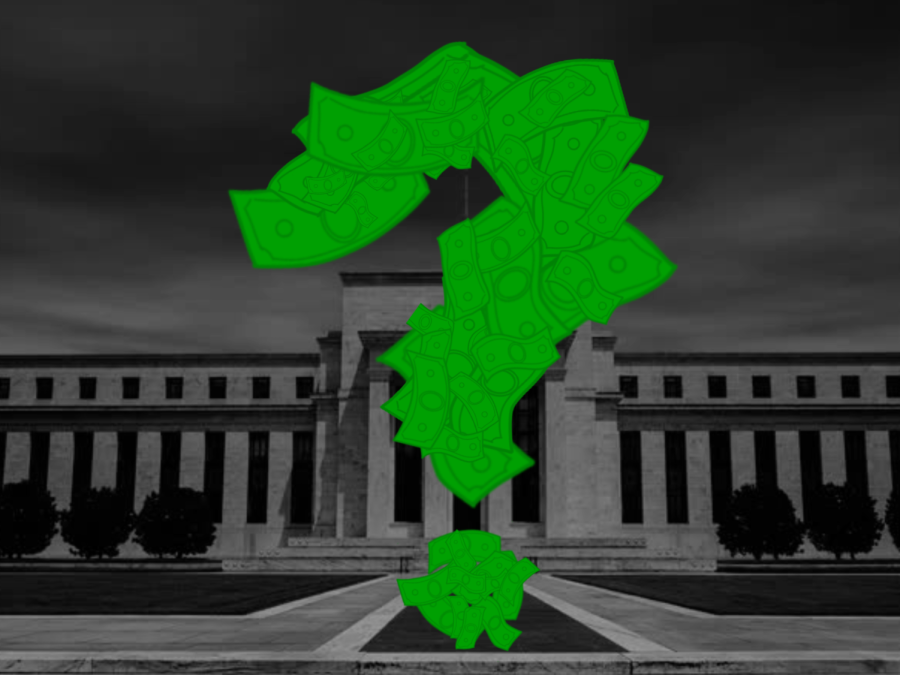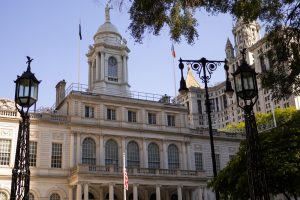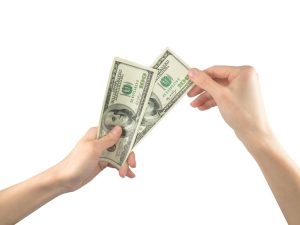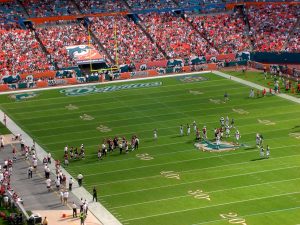The Federal Reserve’s recent decisions jeopardizes its credibility
April 28, 2022
The Federal Reserve’s recent actions are making many people rethink their confidence in the institution as inflation continues to rise, and its latest actions do not seem to work.
The Fed’s main responsibility is to tame inflation and guide the economy forward. Its credibility is coming into question after two years of making strong commitments and reversing them after.
Many people concerned with the Fed’s affairs believe it should have started the contraction policy as soon as the government announced it will distribute the stimulus checks. However, the Fed did not, and it gave the opportunity for inflation to skyrocket.
Analysts argue the long wait to hike rates has made things worse, but they believe the Fed is still able to save it from worsening. The recipe for taming the situation is having a more hawkish approach — increasing interest rates aggressively.
However, there is a reason why the Fed is afraid of sharp increases, as it believes this might lead to something worse. Higher rates could slow down the housing market, thus affecting other sectors of the economy and triggering a recession, but taking the hawkish approach with this risk seems like the Fed’s best option.
“I’ve argued that it is really important to re-establish a credible voice on inflation and this has massive institutional, political and social implications,” Mohamed El-Erian, a renowned economist at Allianz, told CNBC.
El-Erian suggested accelerating the pace of tapering or rate hikes. He also suggested that they should follow models like the ones of the Bank of England, Australia, New Zealand and Norway, which have prepared people for higher interest rates.
Often, the Fed’s response to its decisions is that this inflation is a transitory phase. And its ineffective decline is a result of supply chain-related problems due to war and the coronavirusrelated closure of Shanghai.
Board members, Fed Gov. Lael Brainard, have said that they expect inflation to last into next year as a result of the frustration caused by the supply chain.
In other words, market bubbles have gotten used to low interest rates. The Fed fears how the market might react if it raises it aggressively, s rates were raised from the beginning, the market would have gotten used to it and not react erratically.
The Fed made new promises that will most likely be reversed again, since it is not facing reality. It announced in May that it will increase rates by a 50–point basis and shrink its balance sheet over the next year by withdrawing $95 billion per month in liquidity and not rolling over the bonds it holds.
That goal is not doable, instead applying more pressure on bubbles and making them burst. Additionally, shrinking the balance sheet is against the housing and credit market bubble, resulting in strong deflationary pressures.
Making a modest inflation rate would be between 2%, but that seems impossible for the Fed now.
These decisions come at the cost of a few people. Long term bond-holders will be harmed, including foreign central banks and governments, which own $4 trillion worth of treasury bonds.
It is important to note that rising consumer prices affect those with a lower income the most. The consumer price index has risen by nearly 0.9% on a monthly basis, according to the Department of Labor.
The Fed’s decisions have recently weakened the central bank’s guidance going forward and undermined President Joe Biden’s economic agenda.
Some people are concerned that a sharp increase will lead the Fed to cut rates again, causing more volatility. With each rise in inflation, the situation becomes more worrisome and negatively correlates with confidence in the Fed.









